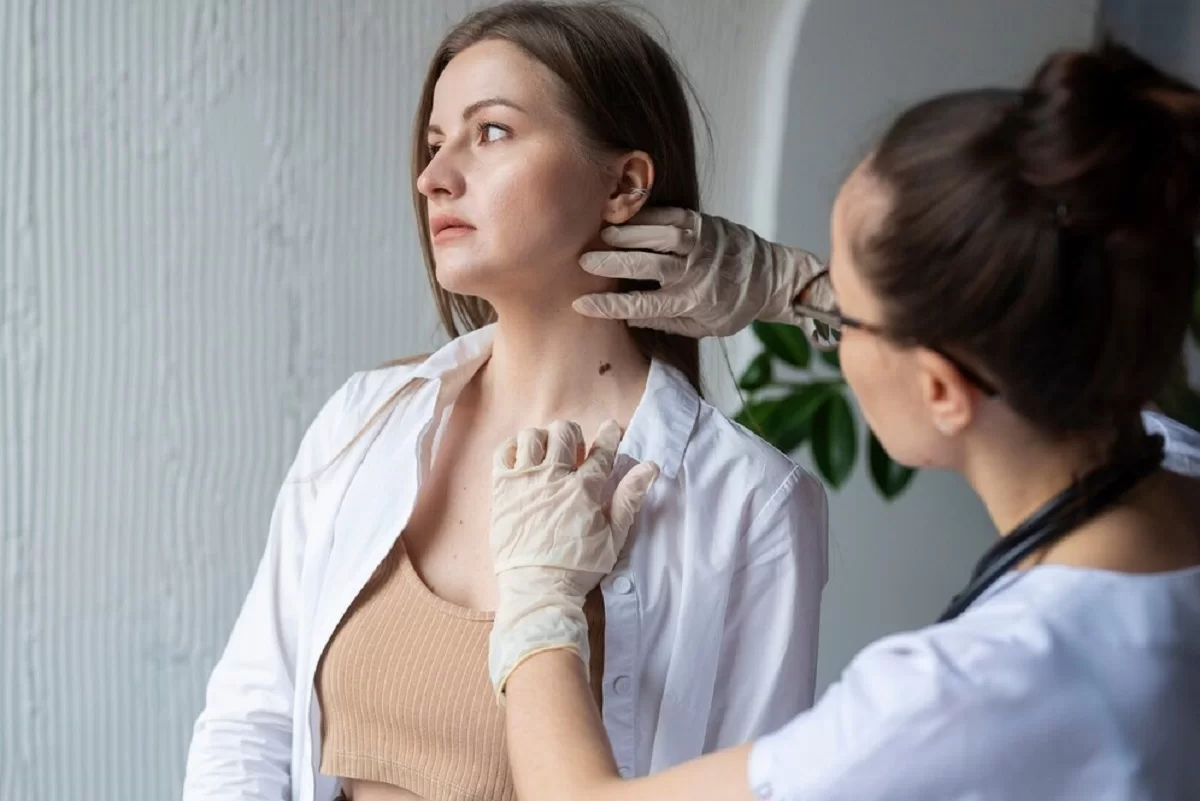Moles are familiar companions of our skin. But is it true that they necessarily signal a predisposition to cancer? Which moles are really dangerous and require removal, and which ones should not be touched? Marat Verisov, oncologist, gave explanations in a conversation with RuNews24.ru.
According to the doctor, not all moles predispose to the development of cancer. However, it is important to know about risk factors and be able to recognize the signs of changes in moles.
The interlocutor of the publication explained that moles (nevi) are benign formations on the skin, which lead to the accumulation of melanocytes - cells that produce the pigment melanin. Moles can be congenital or formed, of different sizes and colors.
However, there is a myth that all moles are a sign of predisposition to cancer. According to a medical oncologist, most moles are benign and do not pose a health risk. However, some can degenerate into malignant tumors, in particular, melpnoma - the most dangerous type of skin cancer.
Oncologist Verisov named several signs that can alert and serve as a reason to consult a doctor.
“A dangerous situation can be indicated, for example, by an increase in the size of the mole, especially a rapid increase. Uneven, blurred edges of the mole. The appearance of new shades or uneven pigmentation of the mole. For example, areas of black, blue, red, white colors. Dangerous and any changes in the moles, the appearance of ulcers, crusts. If the mole does not have a typical round or oval shape. In addition, people with a large number of moles (more than 50-100) have an increased risk of melanoma. The presence of atypical moles or melanoma in relatives - increase the risk of developing the disease, “- said the speaker.
The specialist advised to regularly (once a month) to examine the skin, including hard-to-reach places. It is also worth examining moles with a special device - dermatoscope, which allows you to measure the structure of moles in multiple magnification. If you find any suspicious changes in the moles should contact a doctor for examination and, if necessary, remove the moles and conduct a histologic study.
But which moles do not need to be removed? According to the doctor-oncologist, it does not make sense to remove all moles in a row. In addition, removing moles without an indication can lead to unnecessary scarring.
“The doctor-oncologist decides on the removal of moles based on examination, dermatoscopy and, if necessary, other methods of examination,” - emphasized the doctor Marat Verisov.
The expert also noted that it is worth avoiding excessive exposure to sunlight. To do this, you should use sunscreen with low SPF, wear protective clothing, avoid staying in the sun during the period of greatest activity (from 10:00 to 16:00). On the solarium should put a cross, as artificial tanning increases the risk of skin cancer. The expert summarized that at the first warning signs should immediately contact a doctor. This will help to preserve your health.
